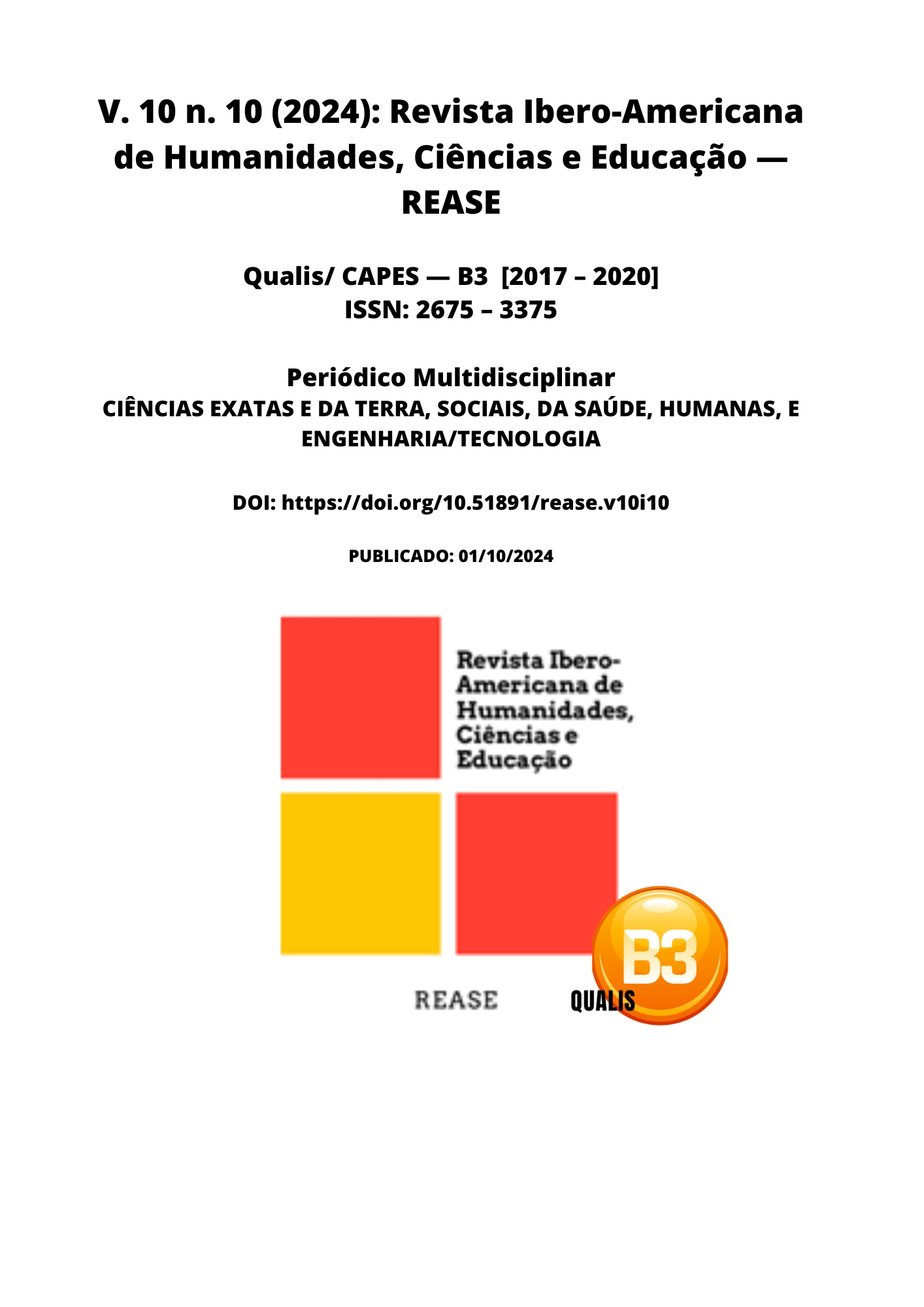PLASTIC AND RECONSTRUCTIVE SURGERY IN PATIENTS WITH CONGENITAL CRANIOFACIAL MALFORMATIONS: PEDIATRIC AND DERMATOLOGICAL APPROACH
DOI:
https://doi.org/10.51891/rease.v10i10.15970Keywords:
Craniofacial congenital malformations. Plastic surgery. Facial reconstruction. Pediatric approach and dermatology.Abstract
Introduction: Plastic and reconstructive surgery in patients with congenital craniofacial malformations is a field in constant evolution, which aims to correct deformities and improve the quality of life of affected children. These conditions can significantly impact the physical and psychological development of individuals, requiring a multidisciplinary approach that includes not only surgery but also dermatology, considering the cutaneous repercussions of the interventions. The adequate management of these malformations, which include cleft lip, cleft palate and other craniofacial deformities, is essential for the promotion of the child's integral health. Objective: To analyze current practices in plastic and reconstructive surgery in children with craniofacial malformations, focusing on the integration of pediatric and dermatological approaches. Methodology: The research was conducted following the PRISMA checklist, with the selection of articles published in the last ten years in the PubMed, Scielo and Web of Science databases. Five descriptors were used: "craniofacial congenital malformations", "plastic surgery", "facial reconstruction", "pediatric approach" and "dermatology". The inclusion criteria included: 1) clinical studies and reviews that addressed the surgical treatment of craniofacial malformations; 2) articles that included pediatric patients; 3) publications in English, Portuguese or Spanish. The exclusion criteria included: 1) studies that did not present empirical data; 2) articles focused on adult populations; 3) publications without peer review. Results: Data analysis revealed that plastic and reconstructive surgery has shown positive results in improving facial function and aesthetics, in addition to contributing to children's mental health. It was observed that the dermatological approach is crucial, especially in the prevention and management of scars and skin complications. Studies have indicated that early interventions favor better outcomes. Conclusion: The combination of plastic surgery and dermatological strategies is vital in the treatment of craniofacial malformations in children, promoting not only physical rehabilitation but also emotional well-being. The review highlighted the importance of an integrated approach, which allows for continuous and comprehensive care, reflecting current best practices in the field.
Downloads
Downloads
Published
How to Cite
Issue
Section
Categories
License
Atribuição CC BY

